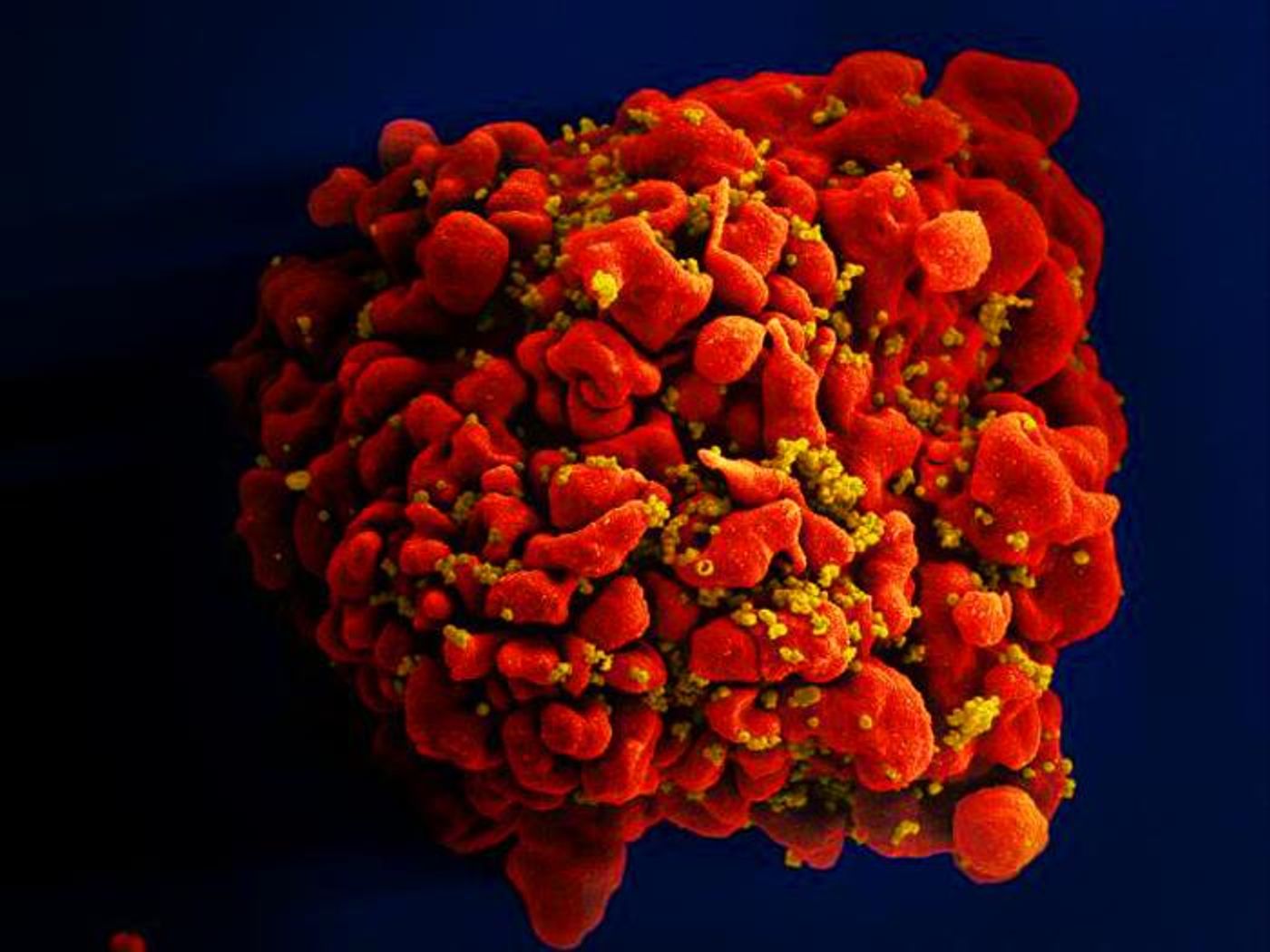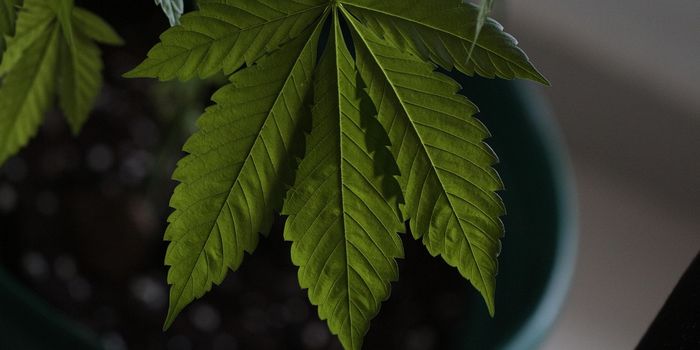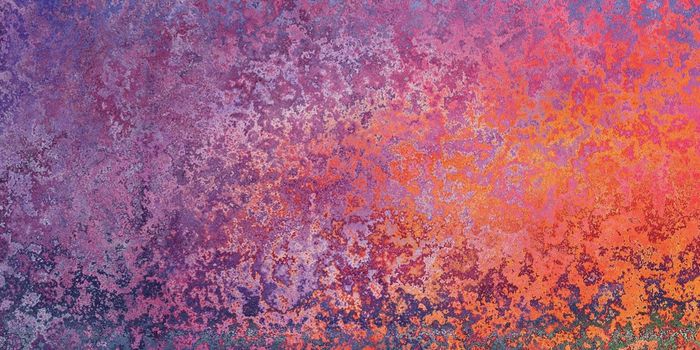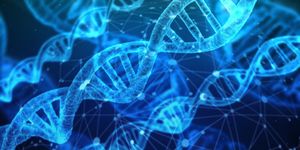A New Strain of HIV is Identified
For the first time since 2000, researchers have identified a new subtype of HIV. The findings have been reported in the Journal of Acquired Immune Deficiency Syndromes by a team of scientists at Abbott Laboratories and the University of Missouri.
"We're always looking for viruses," said Mary Rodgers, who heads the Global Viral Surveillance Program at Lake County-based Abbott. The scientists working there hunt for new strains of viruses that infect people and assess how known strains are trending. "I think a lot of people might not realize that there is more than one strain of HIV, and at Abbott, we're making tests to catch all these different strains, so it's important that we know all the different types out there."
This strain was found in a sample collected in the Democratic Republic of Congo in the 1980s. However, only two samples could be assessed with genetic sequencing technologies. This lack of data kept researchers from identifying it conclusively as a new form of the virus; a third sample was required for confirmation. Another sample gathered in 2001 also could not be completely sequenced.
"We couldn't synthesize the virus," Rodgers explained. "The quantity in the sample was just too small."
At Abbott, a library of viruses that contains over 78,000 samples is maintained, and the potential new HIV strain waited there until 2018.
"We always wondered if there would be another subtype," Rodgers said, "and we always thought that there might be another one out there if we just kept looking long enough." Advances in genetic techniques were able to help the researchers overcome their challenges.
"If you think about the amount of material in a blood sample, it's like a haystack of information that you could sequence," added Rodgers. "And the HIV in that sample is just a tiny part of the sample. So we've literally created technology that acts like a magnet to pull out that needle in the haystack and sequence just the virus."
The scientists were able to confirm subtype L as a variant in the M group of HIV; these are to blame for the AIDS pandemic. The investigators suspect that it is very similar to other strains in the M group. However, the identification of this new variant will expand what we know about the pathogen and could help us defeat it.
"It's important for us to understand all the strains that are out there, it's important for us to understand that the (test) we are using will catch this new virus," said AIDS researcher Thomas Hope, a professor of cell and developmental biology at Northwestern University Feinberg School of Medicine.
While this new strain is not expected to cause any new health crisis, it can help scientists accurately test for it, and ensure that anyone that gets an HIV test will get an accurate diagnosis. "The most dangerous scenario is that someone goes to the doctor and says give me an HIV test, and the test doesn't catch it," Hope noted.
"The primary concern is that HIV might evolve to the extent that testing wouldn't work," Rodgers added. Tests by Abbott are now able to detect this strain, and this knowledge will be shared with other scientists. "We definitely don't work in isolation," Rodgers continued. "We're sharing this strain with the scientific community so others can work on the strain and hopefully that can advance things like vaccines and treatments."
Since no new samples of the virus have been collected, it may mean that this subtype is rare, Hope said. Rodgers and others will be on the lookout for it. "We are wondering whether this might be more prevalent than previously known," she said.
Sources: Medical XPress, Chicago Tribune, Journal of Acquired Immune Deficiency Syndromes










